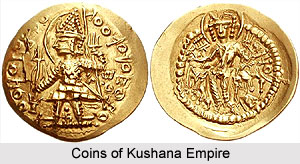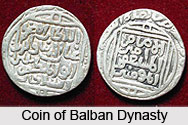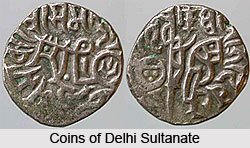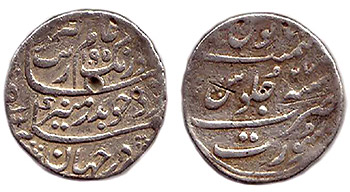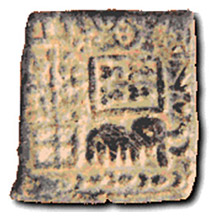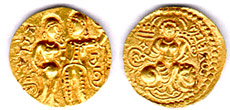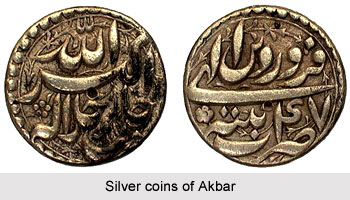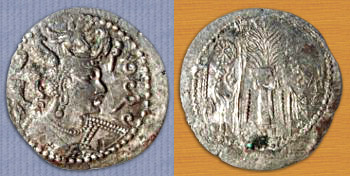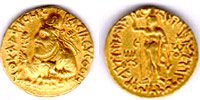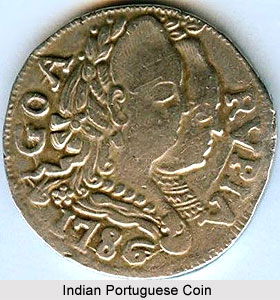The literature of how coins were manufactured during the early period in India was never recorded. However, Kautilya (also legendary as Chanakya), the minister of Chandragupta Maurya, has referred in a passage to the counterfeiters of coins (Kutarupakaraka) in his `Arthasastra`, the book on state-craft, which was compiled during the 4th century B.C. Therein, Kautilya has stated a list of objects that were used in the manufacture of coins. Metal was first melted in crucibles (musha) and purified with alkalis (kshara). It was then beaten into sheets in an anvil (adhikarni) with a hammer (mushtika), cut into pieces with clippers (sandansa) and ultimately embossed with dies or punches bearing symbols (bimba-tanka). Thus was the gradual build of ancient coins in India, a facet which was most extraordinary during those laidback times. Apart from the automatic devices, almost the same procedure is used even today in the manufacture of coins in mints all over the world.
Copper coins in ancient India were moulded by casting from moulds and were extensively circulated almost all over northern India and are acknowledged in several varieties. These coins are not ascribed to any particular state or ruler, as they are determined all through the northern and central parts of India. The most familiar of them are the small round coins with an elephant on the obverse and a three arched hill on the reverse. At times, two such coins are also witnessed to be attached to each other with a small band of metal between the two. It is not however understandable whether they were meant for circulation in that form as coins of double value or the men were simply addicted to minting business. These ancient coins of India were though very much in circulation from the 3rd century B.C. till 3rd century A.D.
Influence of foreign invaders on ancient Indian coins and mintage was very much apprehensible during these times. With the advent of the Greeks, the Indian coinage underwent a sizeable metamorphosis. The refined execution of the ruler`s bust, portrayal of their gods and goddess with legends on the Indo-Greek coins exalted the later coinage of the Indian rulers too. The Coins of Kushana Empire, the Satvahana Dynasty and the Western Kshatrapa Dynasty had replicated the silver drachms and tetra drachms of the Indo-Greek kings very authentically. Such a move lent a tremendous impetus to the construction of Indian history, as rulers during this era also incorporated their name and sometimes their father`s name on the coins with dates. The brisk trade between Rome and India had introduced the Roman denarii (the Roman currency system) in India. Indian spices were imported to Rome in exchange for Roman gold in the form of Roman gold coins. The dearth of Roman coins for trade transactions led to the casting of these coins in India and consequently, umpteen Roman coin dies have been discovered in the Karur region of Tamil Nadu in South India.
